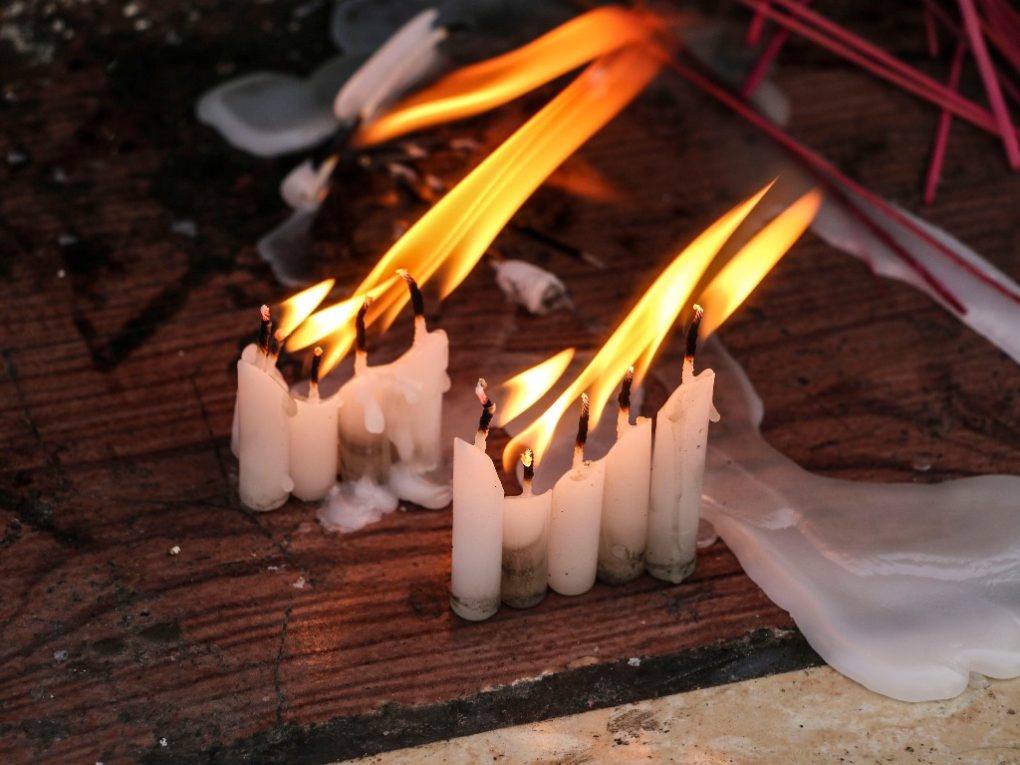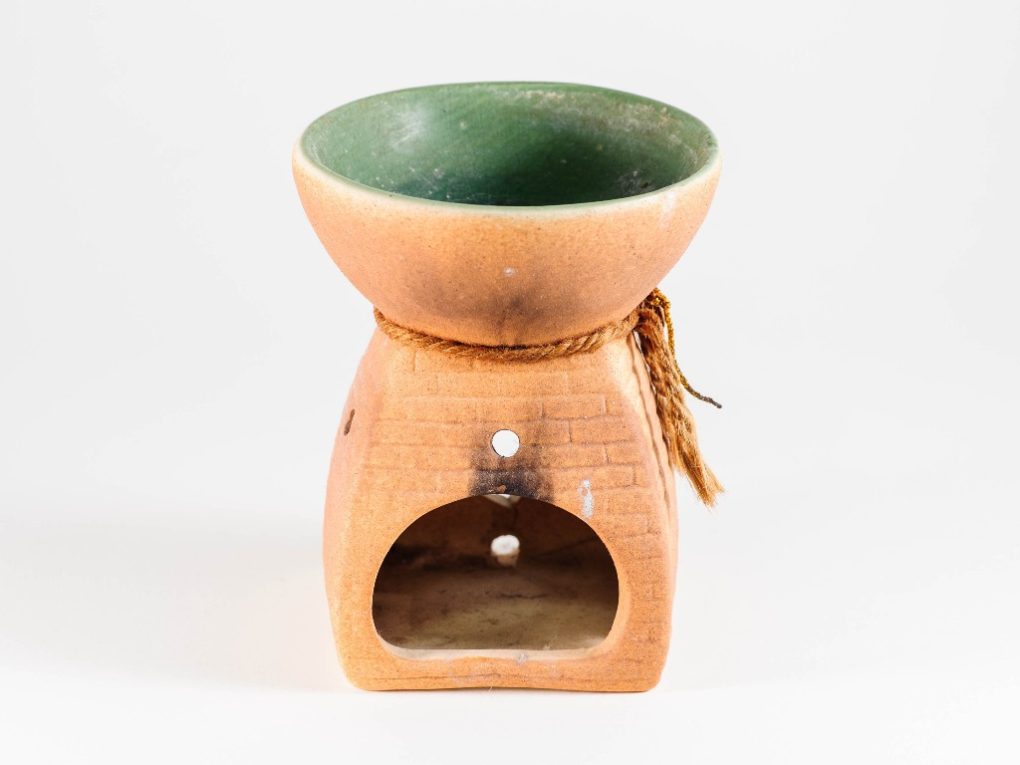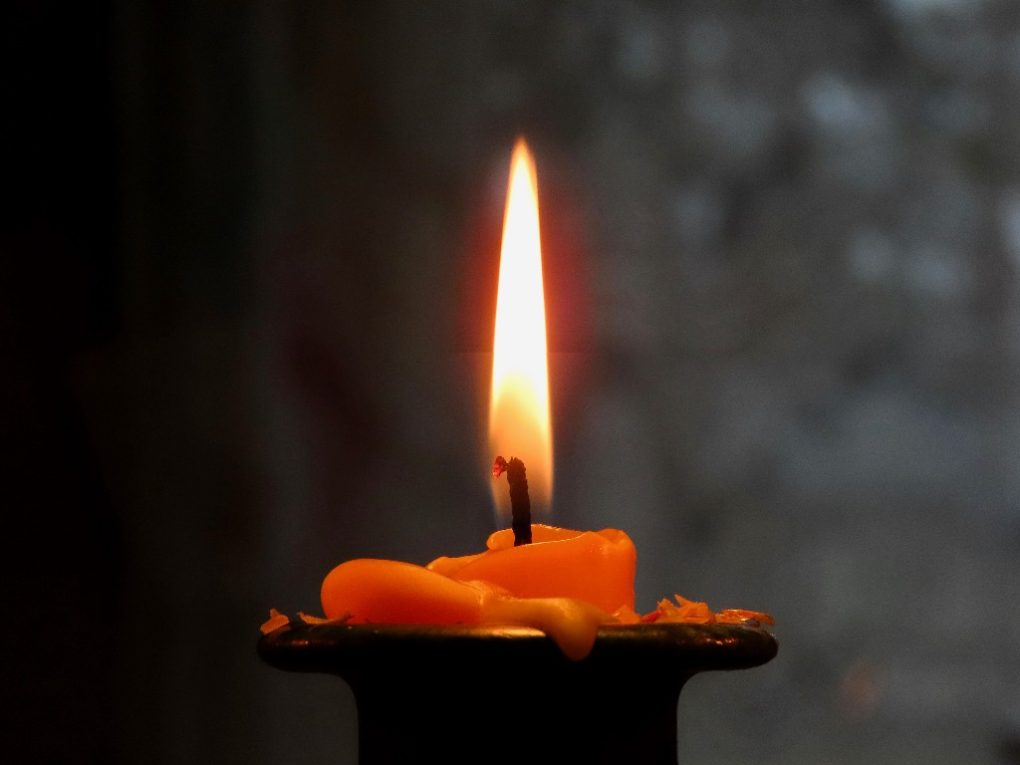What Happens If You Burn a Candle Too Long: Understanding the Risks
When setting the mood or creating a relaxing atmosphere, candles are popular. However, burning a candle for too long can have negative consequences. If left burning for an extended period, a candle’s wick can become distorted, causing the flame to burn irregularly. Burning a candle for too long can cause several problems, such as:


- Overheating: If a candle is burned for an extended period, it can overheat, which can cause the wax to melt too quickly, the wick to become too hot, or the glass container to crack or shatter.
- Soot buildup: When a candle burns for too long, it can produce excess soot, which can build up on the candle’s wick, the glass container, or the surrounding area.
- Uneven burning: If a candle is burned for too long, it can cause the wax to burn unevenly, resulting in a tunneling effect where a hole is formed in the candle’s center, leaving unused wax around the edges.
- Fire hazard: If a candle is burned for too long, it can become a fire hazard, especially if placed near flammable objects or in a drafty area.
Risks of Burning a Candle for Too Long
Fire Hazard
According to the National Fire Protection Association, a candle burned for too long increases the risk of a fire hazard. This is especially true if the candle is placed on a wooden surface or tray. Carbon collects on the wick as the candle burns, causing it to mushroom. This can lead to the flame growing to dangerous levels and the wax tunneling. If the flame comes into contact with the container, it can cause the container to catch fire.
Overheating and Cracking of Glass Holders
Based on experience, if a candle is burned for too long, it can cause the glass holder to overheat and crack because the heat from the candle is transferred to the glass, causing it to expand. The glass can crack or shatter if it cannot handle the expansion. This can be dangerous, as it can cause the hot wax to spill out of the container and potentially cause a fire.
Black Soot and Smoke
Burning a candle for too long can also lead to the production of black soot and smoke. The carbon that collects on the wick can cause the flame to burn irregularly. The soot and smoke can stain walls, ceilings, and furniture and harm breathing. In addition, the smoke can contain toxins that can harm humans and pets.
Following the manufacturer’s guidelines for burning candles is important to avoid these risks. For example, most manufacturers suggest burning candles for a minimum of one hour and a maximum of four hours at a time.
Never leave a candle unattended; ensure it is placed on a heat-resistant surface or coaster. Instead of blowing out the candle or using a snuffer, use a wick dipper to submerge the wick in the wax pool gently. This method doesn’t generate any smoke or wax splatter.


Tips to Prevent Burning a Candle for Too Long
Trimming the Wick
Trimming the wick regularly is one way to prevent burning a candle for too long. A long wick can cause the candle to burn faster and hotter, leading to tunneling and uneven burning. Use scissors or a wick trimmer to trim the wick to 1/4 inch before lighting the candle. This will help the candle burn evenly and last longer.
Using a Candle Snuffer
Another way to prevent burning a candle for too long is to use a candle snuffer. Blowing out a candle can cause the wick to move and the wax to splatter, which can shorten the candle’s life. A candle snuffer is a tool that allows you to extinguish the flame without disturbing the wick or wax. Place the snuffer over the flame and wait for the candle to go out.
Use a Proper Candle Holder
Using a proper candle holder is an important safety measure when burning candles. A proper candle holder is designed to hold the size and shape of the candle you are using and can help prevent the candle from tipping over and causing a fire hazard. Here are some tips for choosing a proper candle holder:
- Choose a heat-resistant holder: The candle holder should be made from a material that can withstand the heat of the candle flame, such as glass, ceramic, or metal.
- Choose a stable holder: The candle holder should be sturdy and stable and able to support the weight of the candle without tipping over.
- Choose a holder appropriate for the candle size: The holder should be appropriate for the size and shape of the candle you use. A larger candle requires a larger holder with a wider base to prevent it from tipping.
- Keep the candle holder clean: Keep the holder clean and free from debris, which can create a fire hazard. Remove wick trimmings, matches, or other debris from the holder before lighting the candle.
Extinguish the Candle Before It Burns Too Low
Extinguishing the candle before it burns too low is an important safety measure to prevent the candle container from overheating, cracking, or breaking. When a candle burns down to the bottom of its container, there may not be enough wax to absorb the heat from the flame, which can cause the container to overheat and potentially break or cause a fire hazard.
To prevent this from happening, it’s recommended to extinguish the candle when there is about 1/4 inch of wax remaining in the container. This is usually indicated on the candle’s packaging or instructions.


Keeping Candles Away from Drafts and Flammable Objects
Candles should always be placed on a stable, heat-resistant surface away from drafts and flammable objects. A draft can cause the flame to flicker and burn unevenly, leading to tunneling and uneven burning. Flammable objects, such as curtains and paper, can catch fire if they come into contact with the flame. Keep candles at least 12 inches away from anything that can catch fire.
Following these simple tips, you can prevent burning a candle for too long and enjoy a longer-lasting, safer candle experience.
